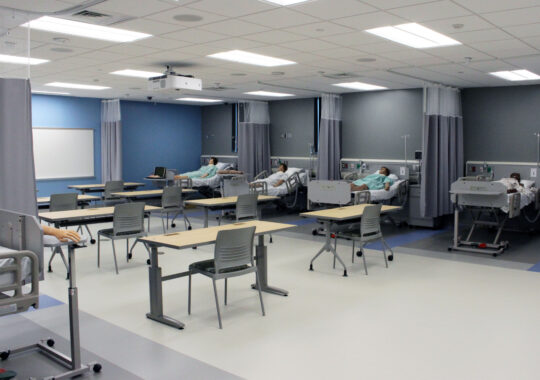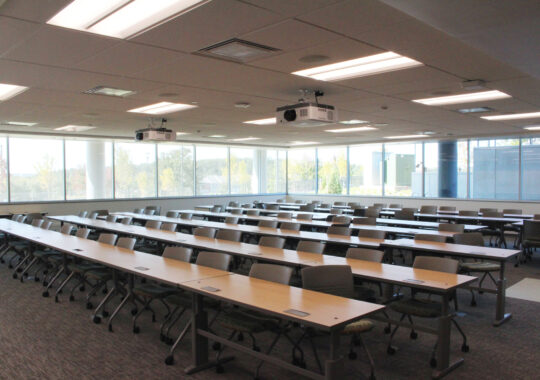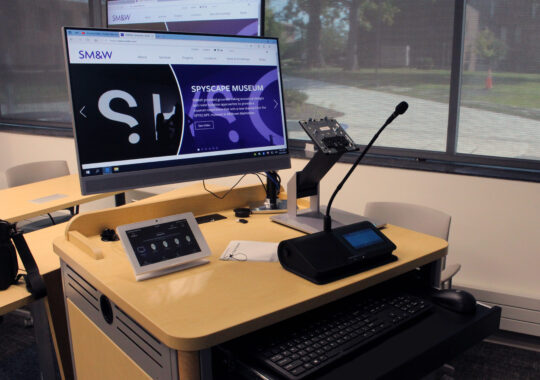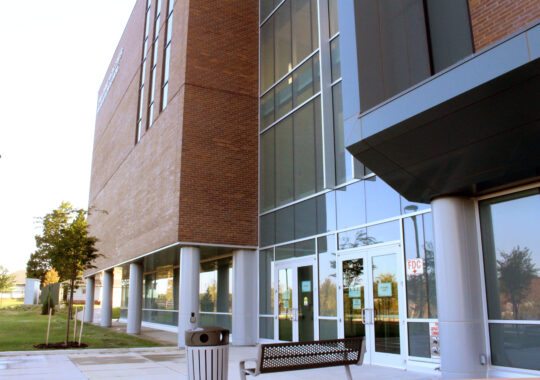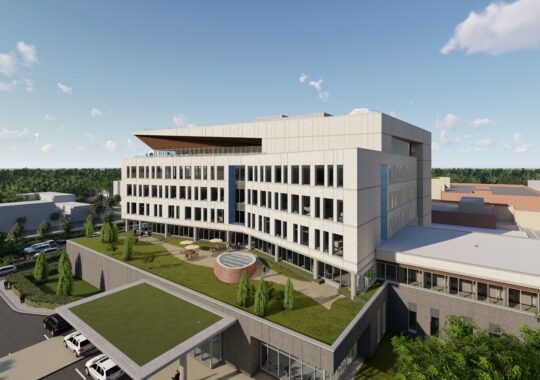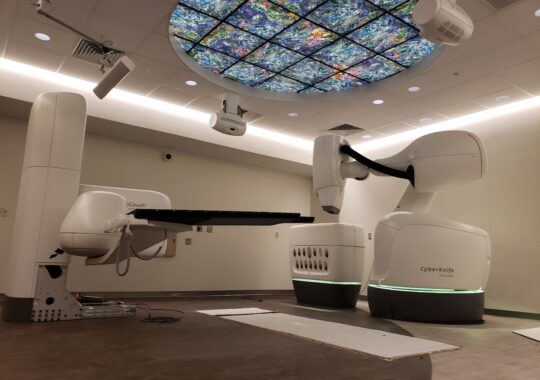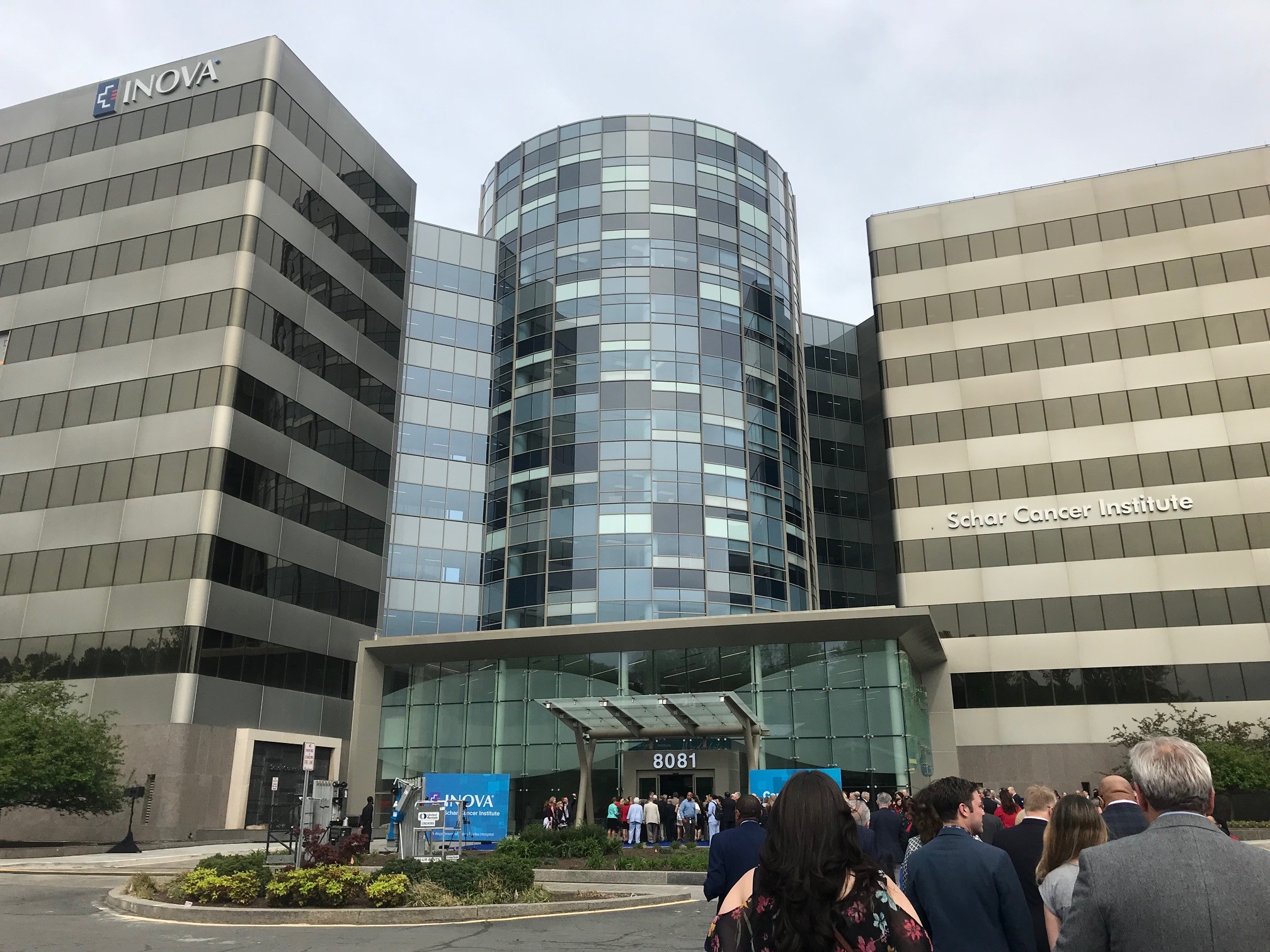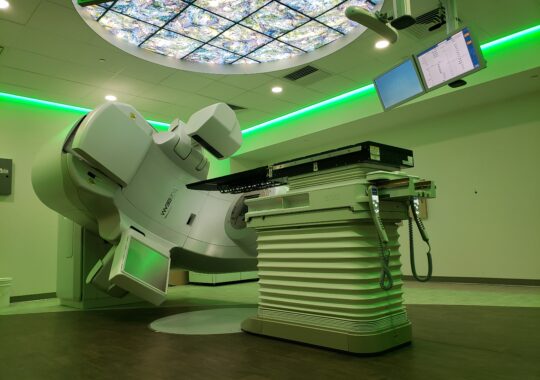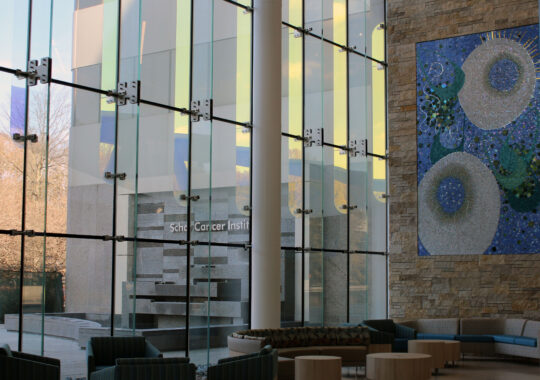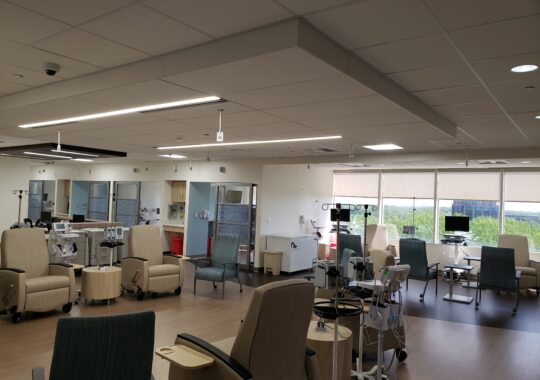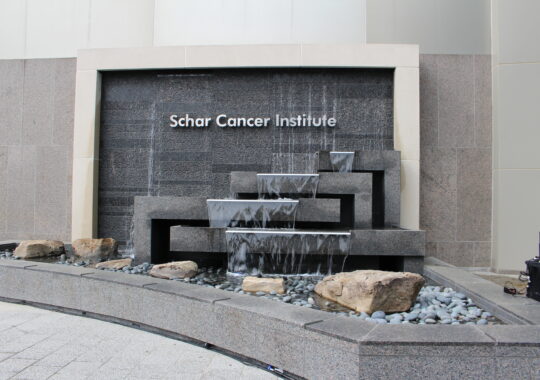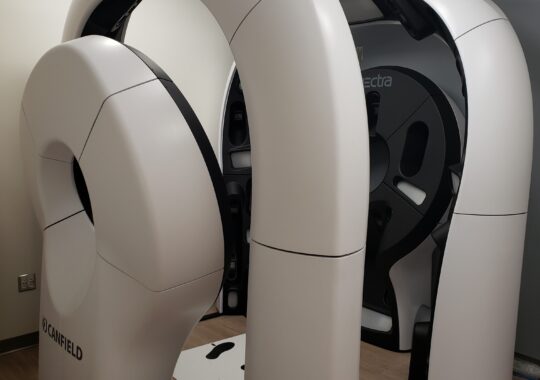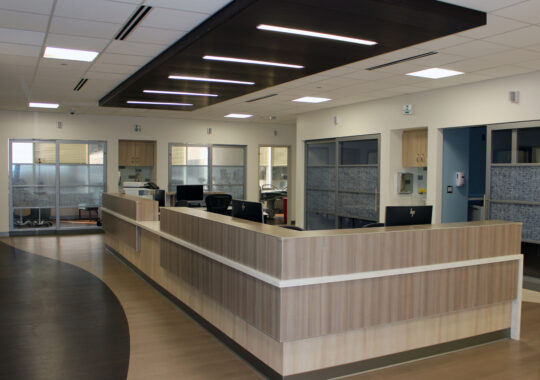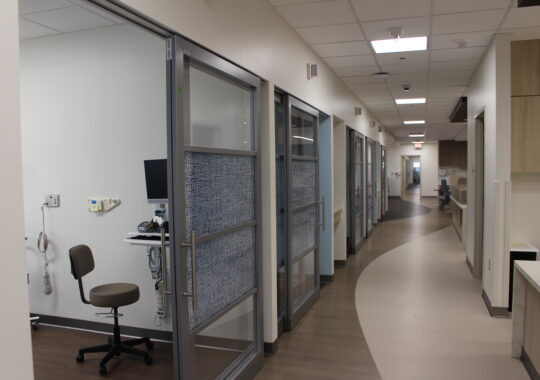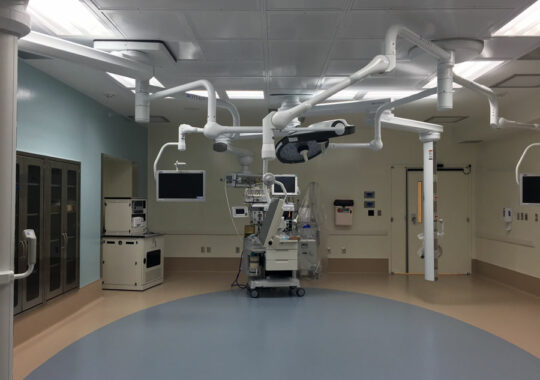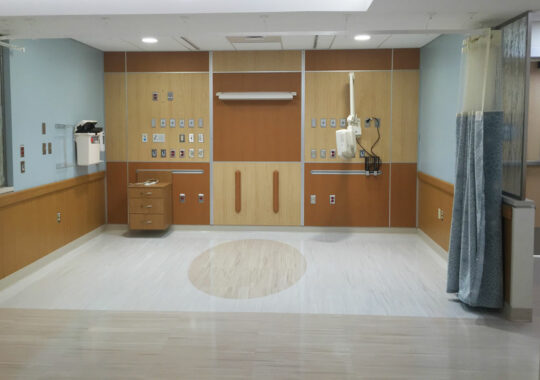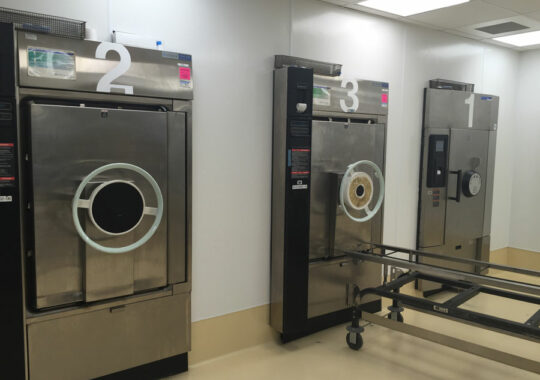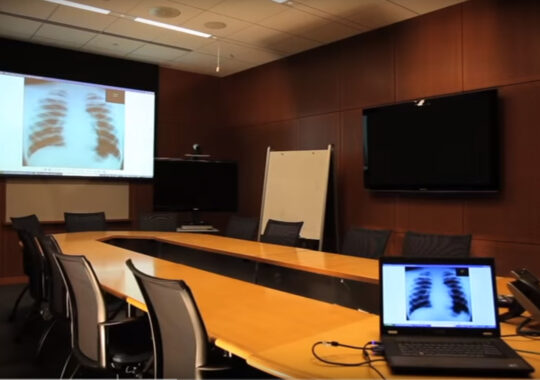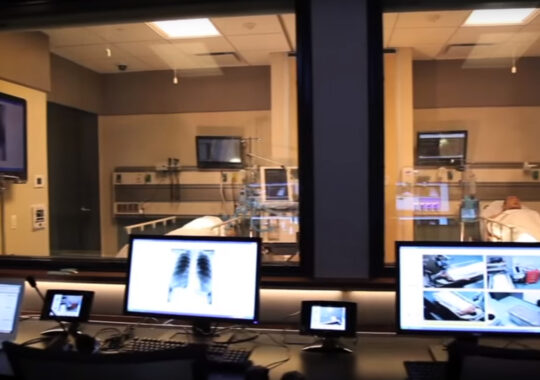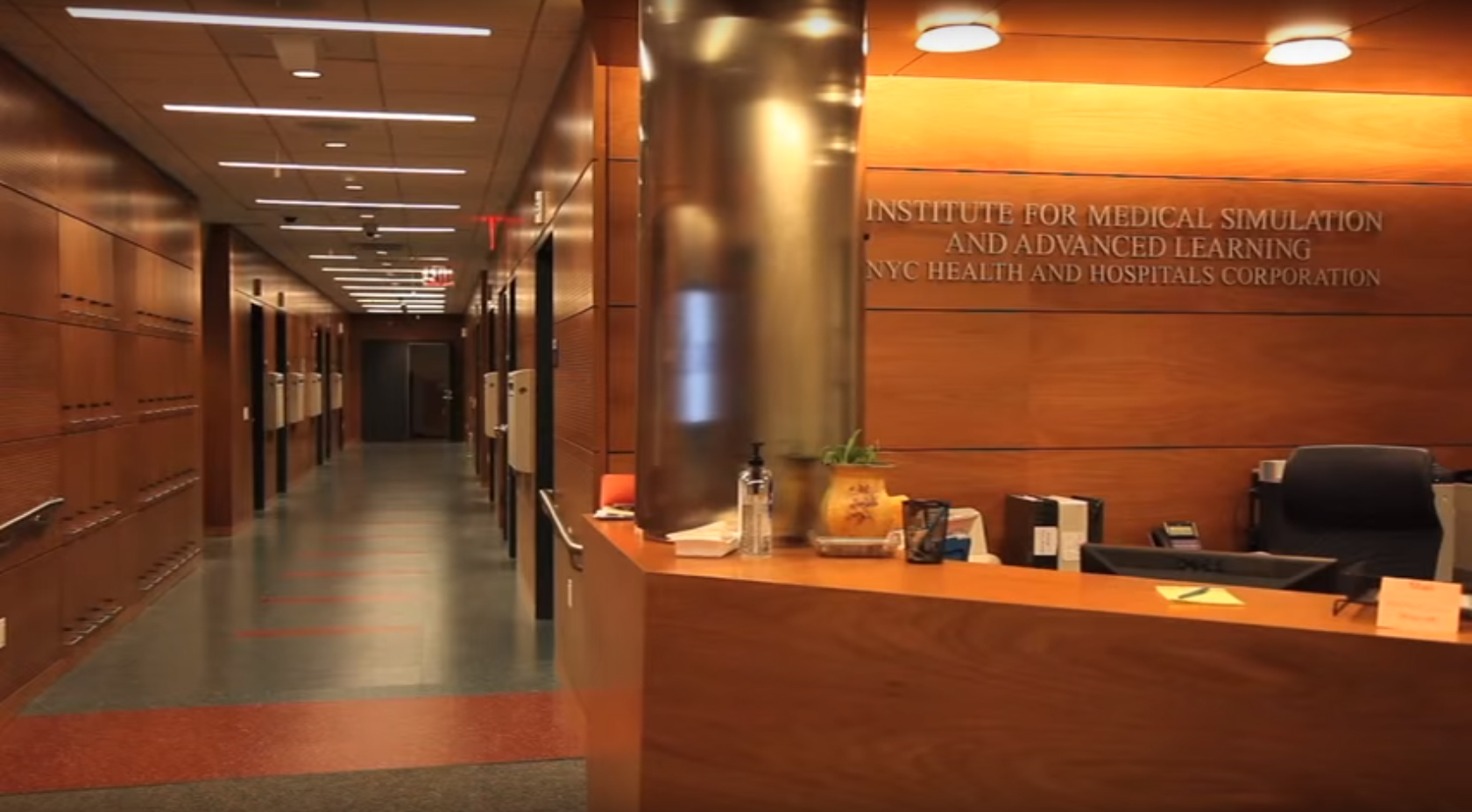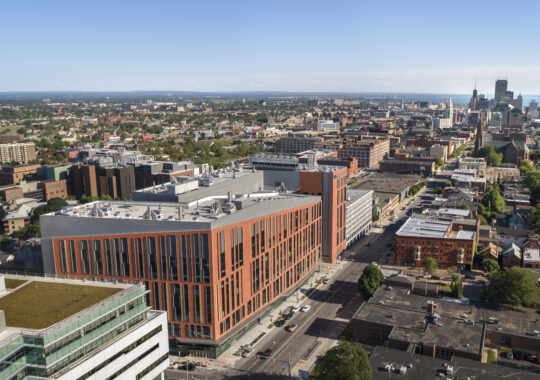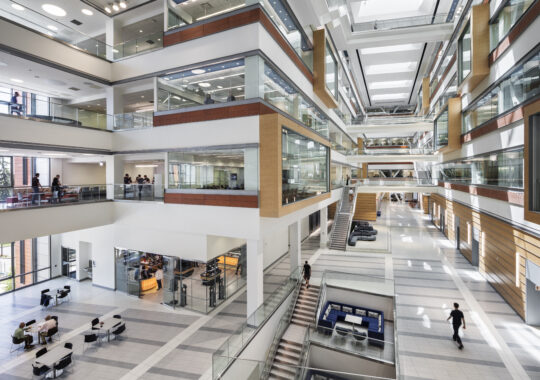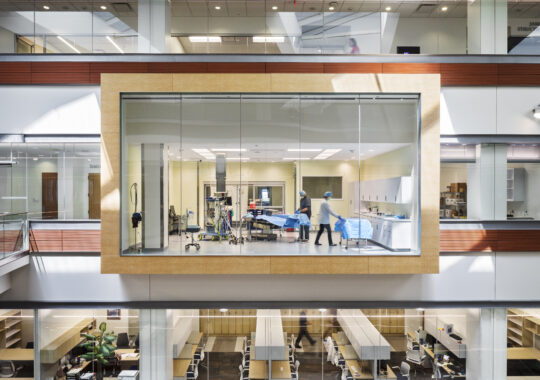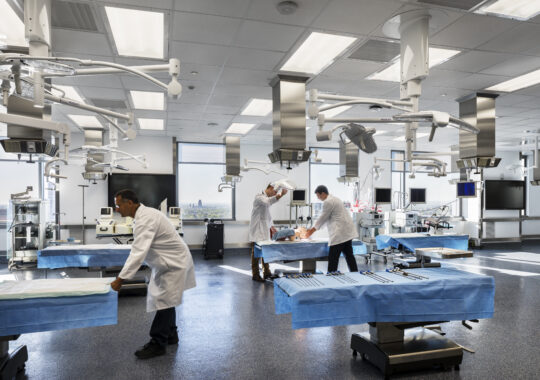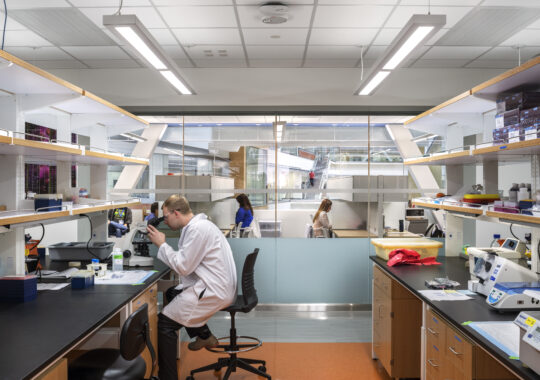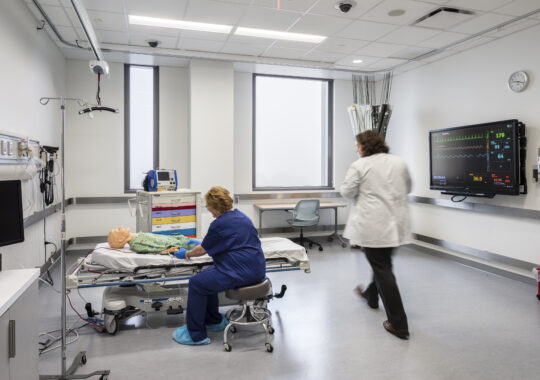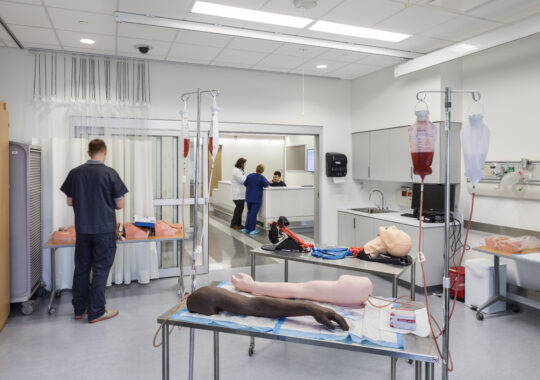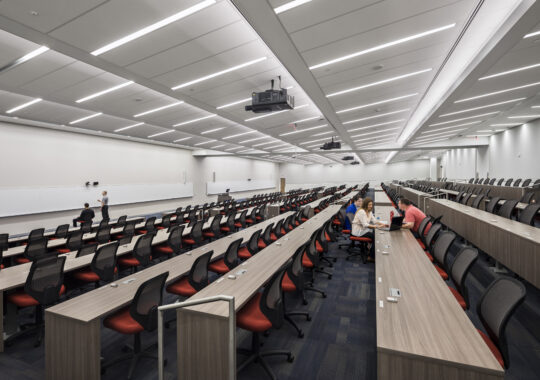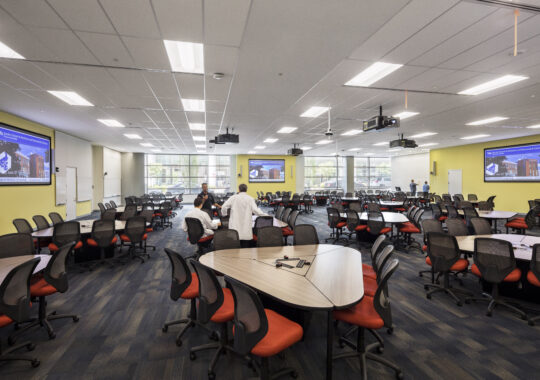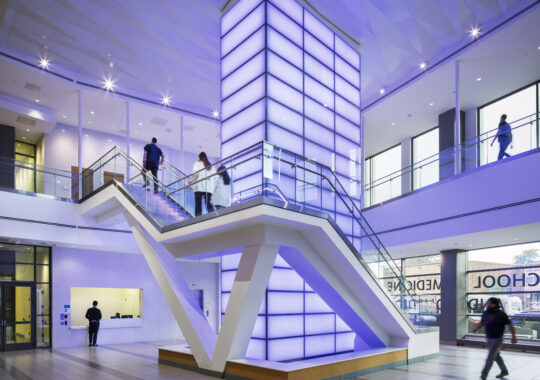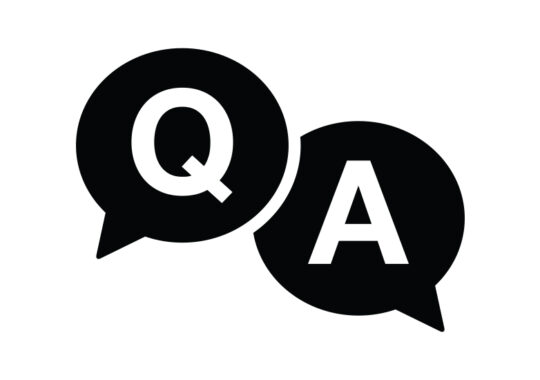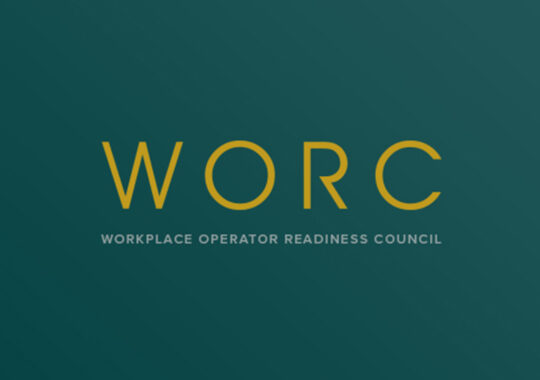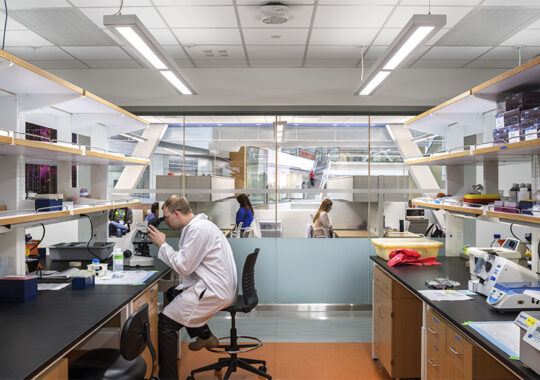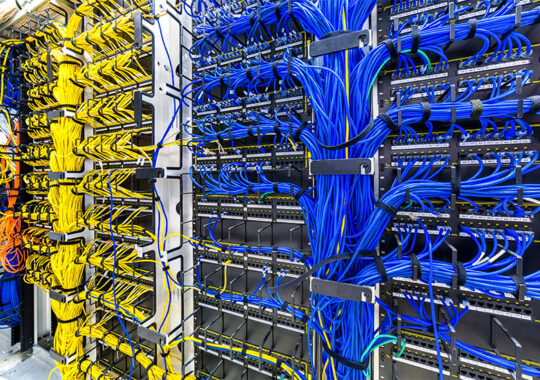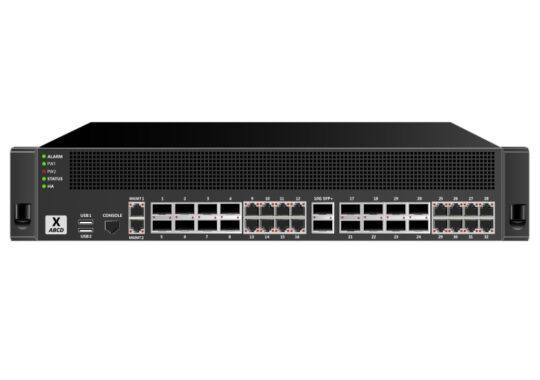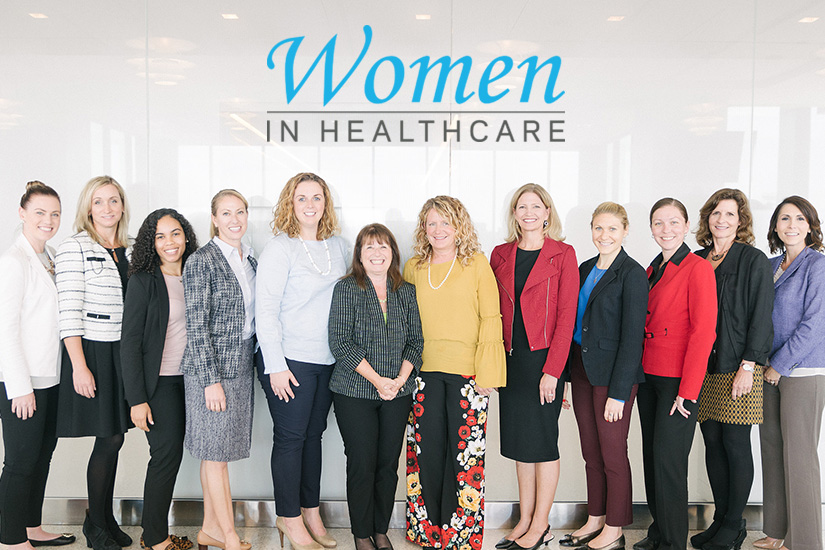Utilizing Versatile Healthcare Technologies to Better Serve Healthcare Facilities
- Jul 21, 2020
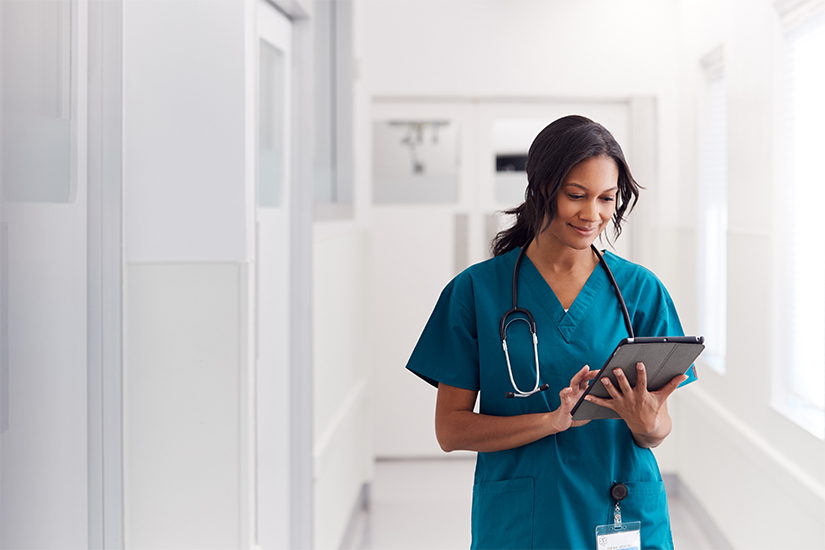
Many of today’s healthcare providers have COVID-19 technology initiatives that are focused on enhancing and scaling telehealth and telemedicine applications to meet the evolving changes created by the pandemic. Telemedicine has finally come of age, and is living up to its early promises. Telemedicine has unequivocally provided effective remote care and patient management, reducing on-site patient presence and limiting unnecessary exposure of clinicians and hospital staff to symptomatic and asymptomatic patients.
However, there is another significant initiative taking place in many provider facilities. It is an awakening of the healthcare information systems that these healthcare facilities already have in place and may be tuned to address the complicated workflows and processes involved in the pandemic. As we know, many healthcare providers already have valuable visualization, intelligence, communications and advanced analytic capabilities inherent in many of their systems. These include things like RTLS (Real-Time Location Systems), Nurse Call, UCCS (Unified Clinical Communications Systems), and wireless physiological monitoring.
Before the pandemic, healthcare providers utilized versatile healthcare technologies to improve clinician-to-patient ratios, to optimize time with patients, and to reduce time searching for medical equipment, disposables, tracking patients, staff and beds. These systems are now being redirected to assess operational and clinical workflow patterns to map isolation areas, reassign clinical spaces, track infected/soiled hospital garments, and medical equipment. They can help to create safe areas for patients and healthcare provider staff.
The data being acquired through these systems enables clinical decision support for staff assignment, patient priority assessment, and medical equipment distribution. Rich analytics and relevant data can be obtained through these systems and shared with other healthcare providers to better understand trends and events in their own facilities. Examples of this redirection of technologies may be as simple as monitoring an area of patients waiting to be seen by clinicians and placing wireless vitals monitors on them to determine if they will need to be hospitalized and what level of care may be required. The RTLS and UCCS systems allow the care team to be updated by mobile phone or badge on designated isolation areas, recently configured spaces and receive new patients and medical equipment. This information can be obtained from inter-connectivity and integration of systems such as RTLS, UCCS, and wireless Bluetooth monitors.
Looking forward, there is no doubt that healthcare providers need to integrate versatile healthcare technologies (and supporting infrastructure) to better serve healthcare providers and patients in future pandemics and other crises. Interoperability between location systems, nurse call systems, EHR/EMR, and NFC (Near-Field Communications) systems such as low energy Bluetooth provides a very cohesive intelligent solution for optimizing clinical workflow, distributing medical equipment, and maintaining patient and staff safety under challenging circumstances.

